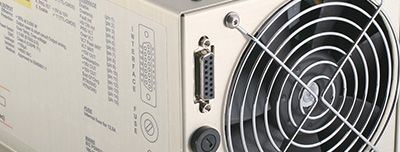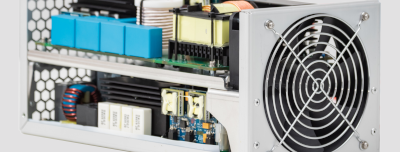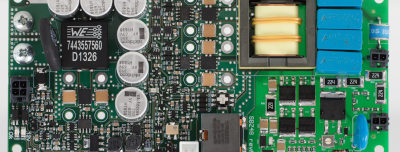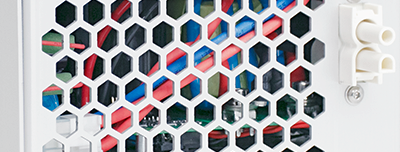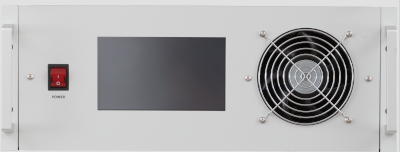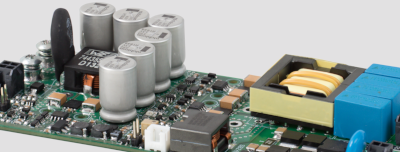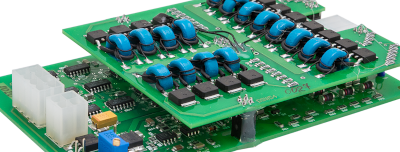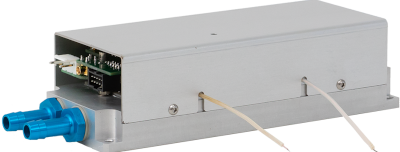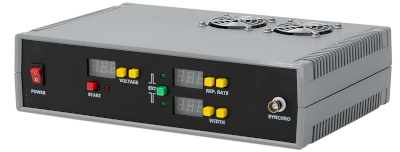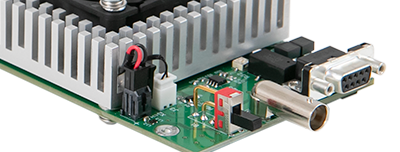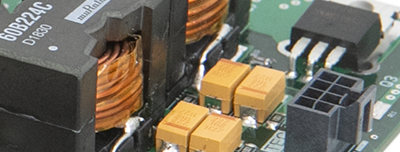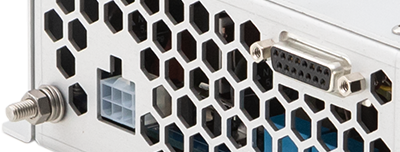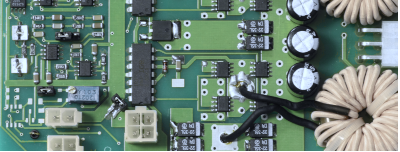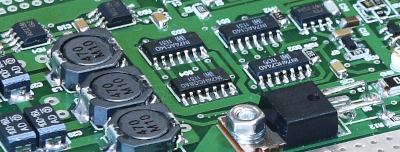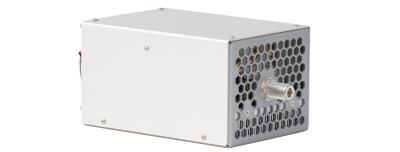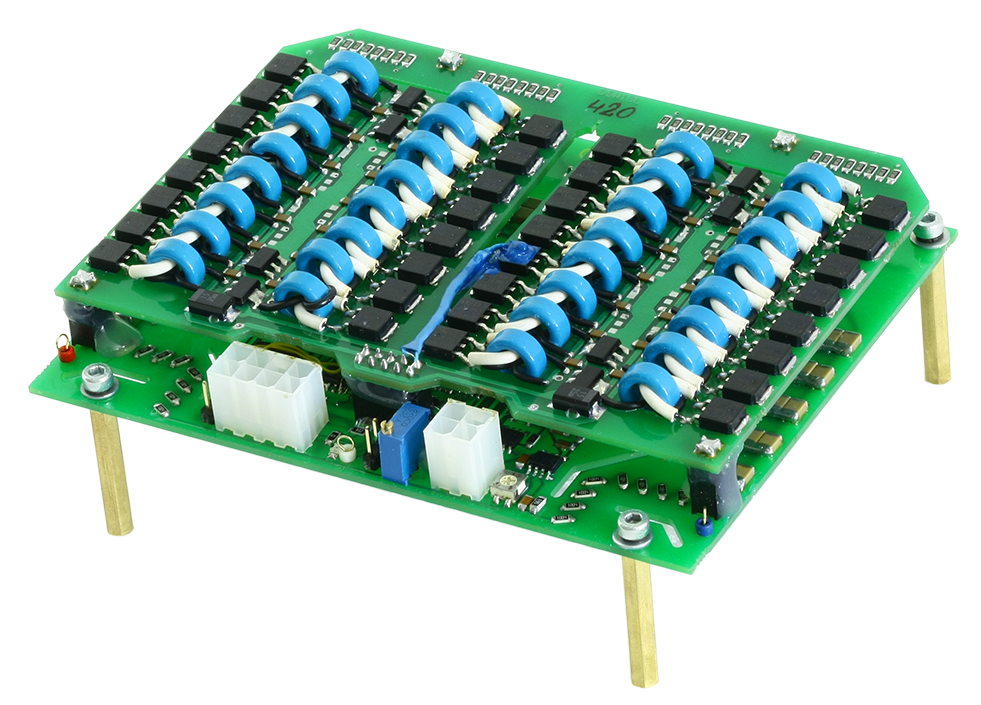QBU-10kV Pockels cell drivers
Applications
- Q-switching
- Pulse picking, pulse slicing
Features
- Output is triggered by an arbitrary external TTL signal
- Up to 10 kV output voltage
- > 5 kHz @ 10 kV repetition rate, much higher at lower voltages
- < 20 ns rise / < 25 ns fall time
QBU-10kV is an extension of QBU-series operating voltage range up to 10 kV (bipolar). High output voltage allows to use Pockels cells under half-wave voltage schemes or deal with larger crystals. Please, note that by bipolar device an output pulse voltage U is formed by applying +U/2 to positive output pole and –U/2 to negative.
QBU-10kV-series is specially designed to control Pockels cells by applying a fast switching high voltage. The modules require +24 V DC power supply and pulse generator to set an operating frequency and pulse width. An output voltage level can be programmed in working range by user either manually (through onboard configuration trimpot) or remotely (applying a DC voltage to the respective pin).
Triggering by an external low voltage arbitrary TTL signal allows modules to work in next scenarios:
- push-up (= normally off scheme), when a base voltage level equals to zero
- pull-down (= normally on scheme), when pulses from base bias voltage to ground are generated
- user-defined scheme, with arbitrary width and frequency of pulses.

QBU-10kV is based on MOSFET technology and offers high repetition rates and fast transition time for both pulse edges(< 20 ns / < 25 ns rise / fall time). Using a forced air cooling, multi-kilohertz operations are possible even at maximal output voltage.
Performance
For instance, QBU-10kV kept cool enough and running with proper load (Pockels cell with 5-7 pF capacitance plus 30-50 cm connective cable) has typical performance as follows:
(*) The values are approximate, exact performance depends on actual load capacitance and cooling conditions.
In burst mode (i.e. for short term operations) the performance increases at low operating voltages and low load capacitances.
The performance deteriorates for higher load capacitance.
Input:
Output:
Environment:
Other:
Modifications
Model *
Description
(*) Other output voltages are available on request
Example
Download user manual (490kB)
Download STEP model (ZIP archive, 3.5MB)
